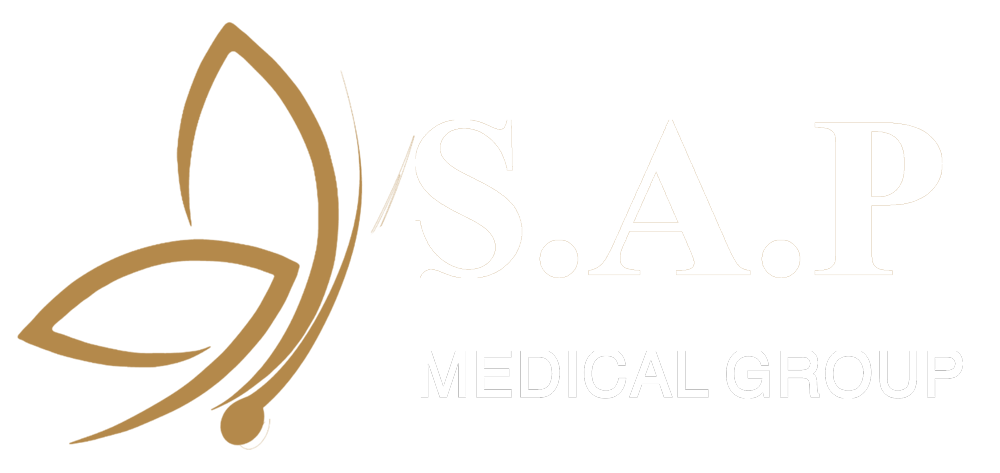F.A.Qs
Send us photos and a description of your eyebrows. Our experts will recommend the best eyebrow restoration approach for a natural look.
Natural hair from the back of your head is implanted to follow your eyebrow’s natural growth direction for realistic results.
You’ll see the eyebrow shape immediately, but full growth and density take about 8–10 months.
No, it’s performed under local anesthesia, making it comfortable and virtually painless.
Generally, $1,200–$1,500, depending on the number of grafts and individual needs.
No, modern MFUE and MFUT methods prevent visible scarring in the donor area.
Follow post-procedure instructions for 10 days to protect the new hairs and ensure proper healing.
Yes, each hair is matched to your natural color and texture for a seamless result.
Most adults can, provided they have no active skin or infectious conditions.
Yes, eyebrow thickness and growth improve over several months as the transplanted hairs settle.
Yes, transplanted eyebrow hairs are permanent and not affected by typical hair loss.
Yes, we provide consultation, travel support, and translation services for overseas clients.
2–3 nights is usually sufficient. The transplant takes 4–6 hours.
You can safely travel the next day. Light activities like sightseeing are possible.
Contact us via phone, WhatsApp, or email to schedule a consultation.
Non-physical work: 2 days. More physical jobs: 5–7 days.
Yes, antibiotics and anti-inflammatory medications may be prescribed to support healing.
Consultation, tests, procedure, and any post-care shampoos or creams.
Blood tests are required to check for infections and ensure safety.
Typically 4–6 hours depending on the number of grafts.
Other Questions
No, you can go home the same day.
Yes, but avoid heavy exercise and strenuous activities for 10 days.
Hair from the back of your head works best due to its natural texture and growth pattern.
Consult us if you take blood thinners or other regular medications. Adjustments may be needed.
Mild redness, swelling, or bruising may occur but usually disappears in a few days.
New hair typically starts growing after 3 months, with full results by 8–10 months.
Yes, eyebrow transplants are safe when performed by trained professionals.
90% or higher for properly selected patients.
Avoid rubbing, scratching, or applying harsh chemicals to the eyebrows for at least 10 days.
Those with active skin conditions, infections, or severe allergies may not be suitable.
Gently wash starting 2 days after the procedure. Normal cleaning resumes after 10 days.
Typically 300–600 hairs, depending on the desired fullness and shape.
No, only scalp hair from the donor area is suitable.
MFUE and MFUT methods using microscopic tools for precise and natural results.
Yes, trimming or tweezing is possible after the hairs are established.
Avoid putting pressure on the eyebrows. Sleeping on your back is recommended.
Corrective procedures are possible to adjust shape or density.
Only your natural scalp hair from the back of your head.
Light exercise after 10 days; strenuous activity should wait until full healing.
The back of the head provides the most suitable hair for eyebrow transplantation.
Gentle washing the day after; normal showers after 10 days.
No, hair is harvested carefully to maintain the donor area’s appearance.
Curly hair is fine and can create natural-looking eyebrows with proper placement.
Yes, our specialists work with you to design the ideal shape based on your face.
Local anesthesia is used. Sedation can be provided if needed for comfort.
Do you have Question?
Find answers to all your questions about eyebrow transplants. From procedure details and recovery tips to costs and results, our experts cover everything you need to know for natural-looking eyebrows.
Ask Us
Ready to Transform Your Eyebrows?
Scheduling the Procedure First, you need to send photos of your eyebrows and the back of your head. Our consulting team will explain all the details to you. To fill out the consultation form, the doctor will ask you some questions, please answer them carefully. After reviewing your request form, if there are no contraindications, a procedure appointment will be scheduled according to your request.
